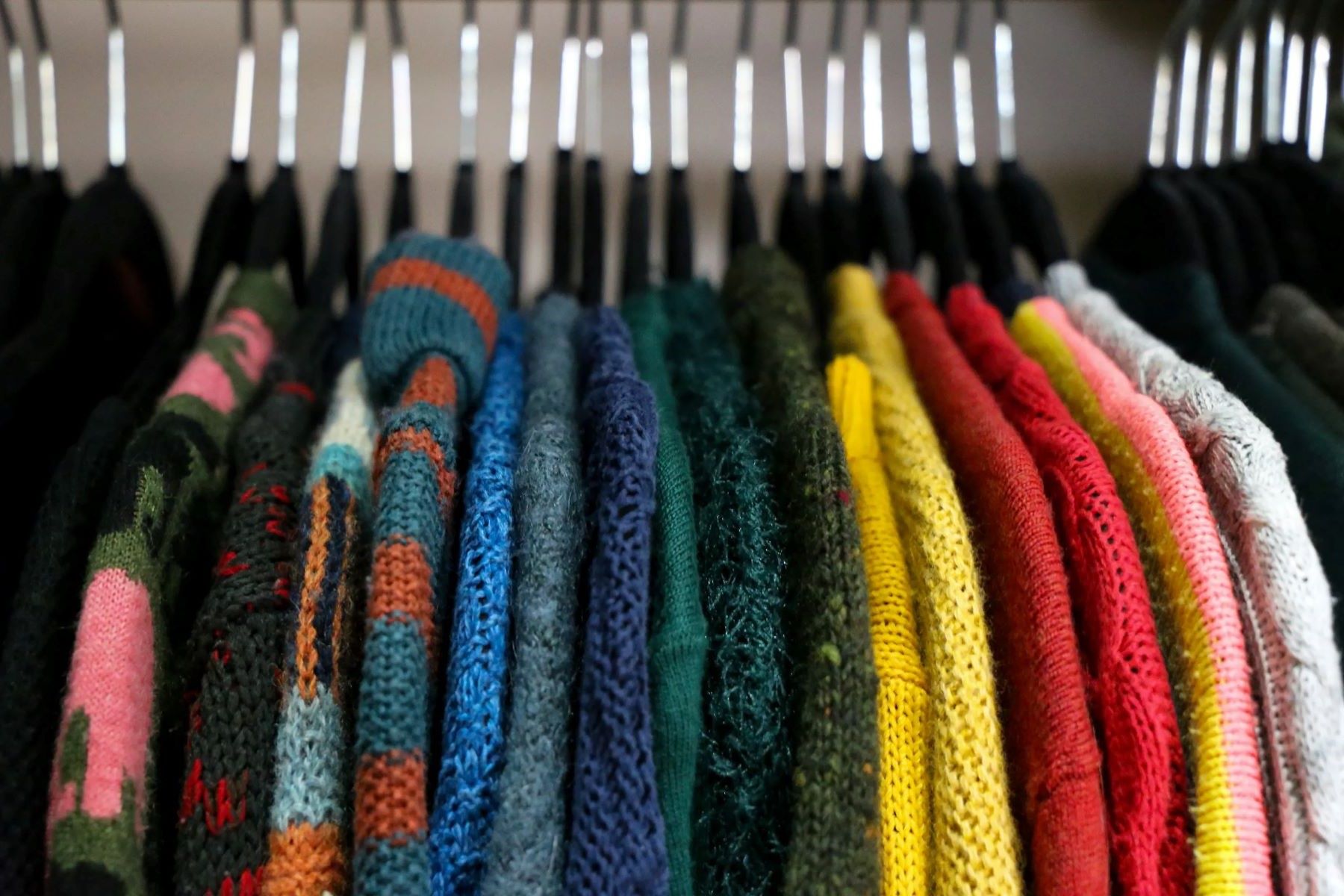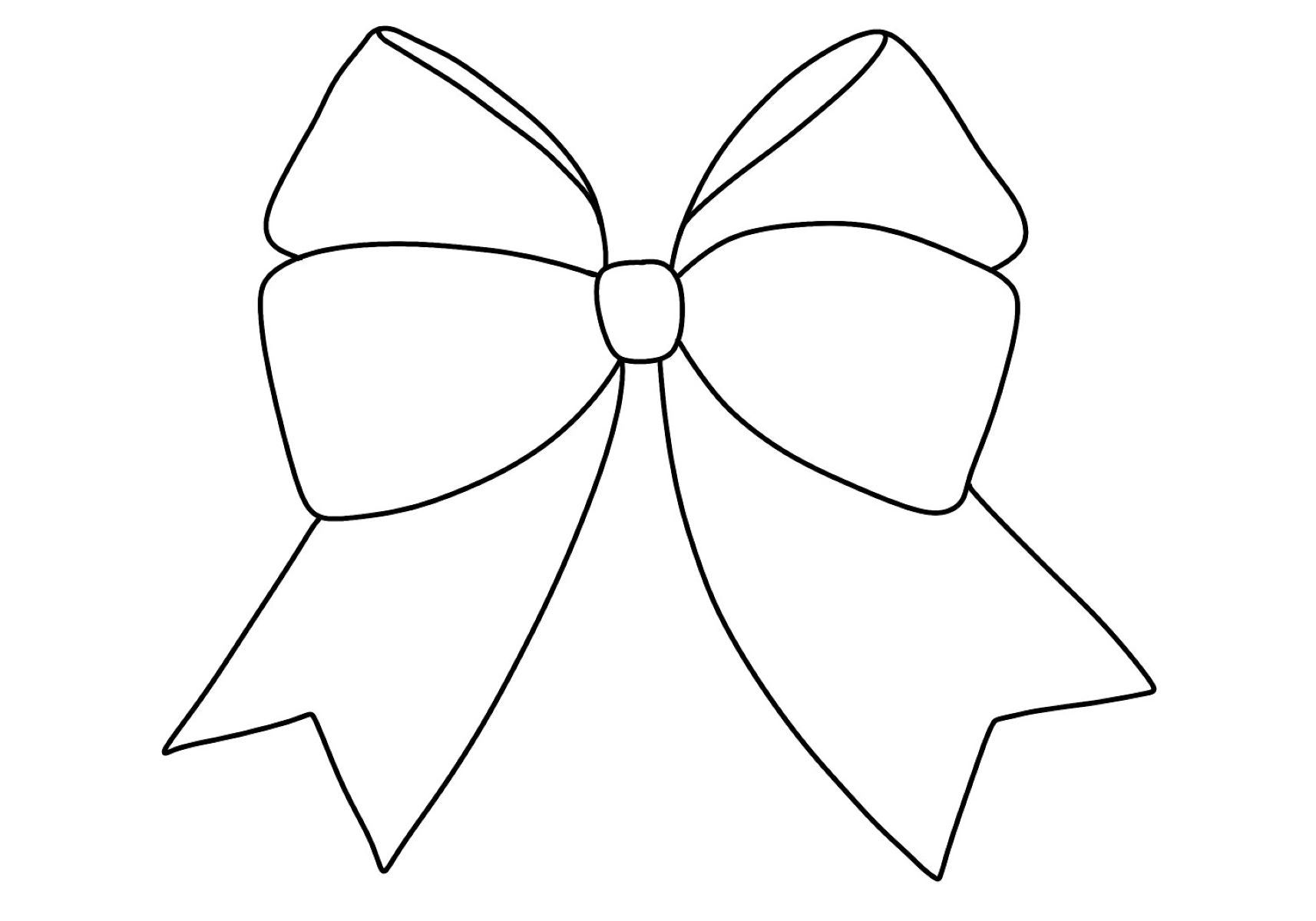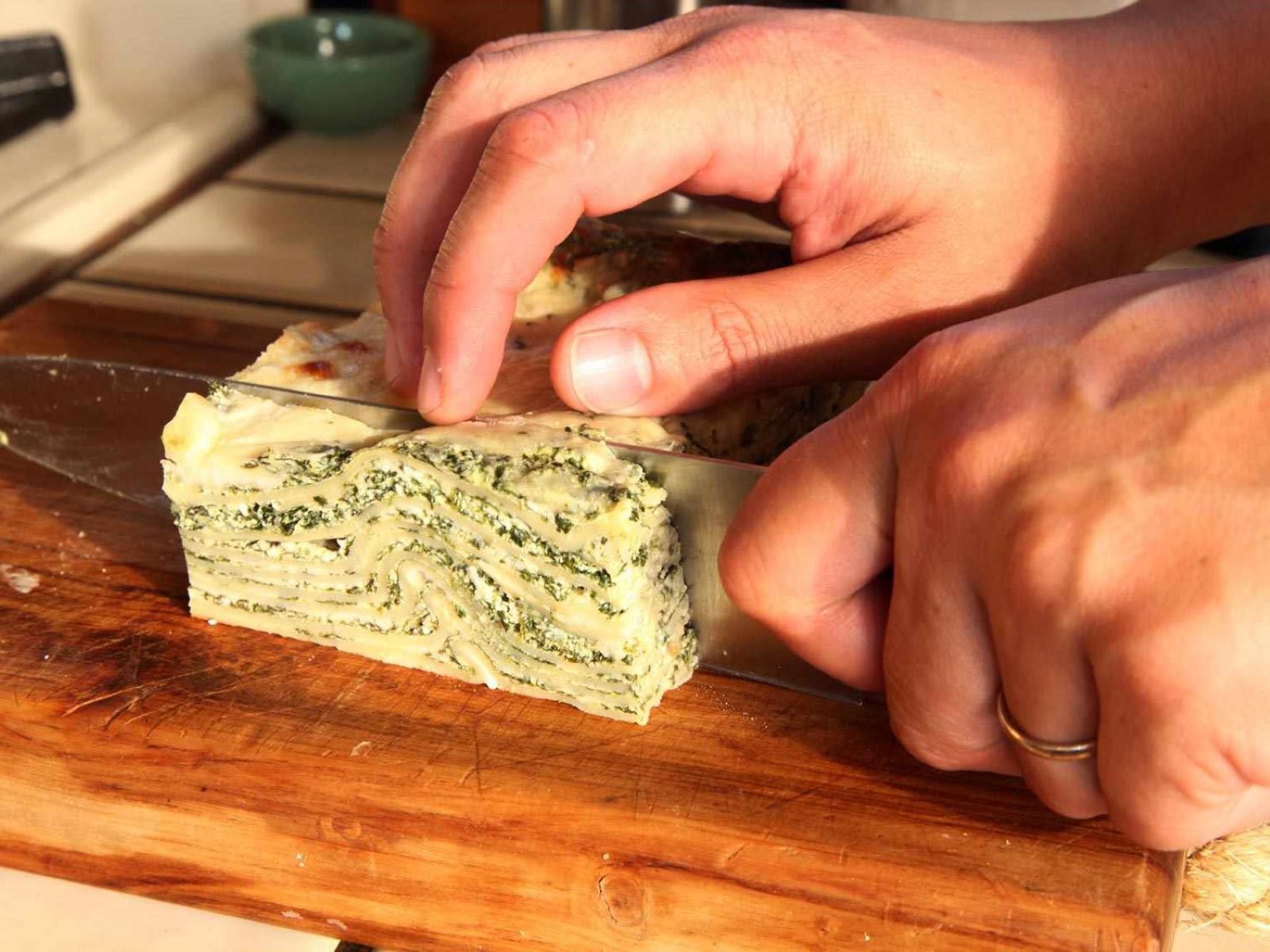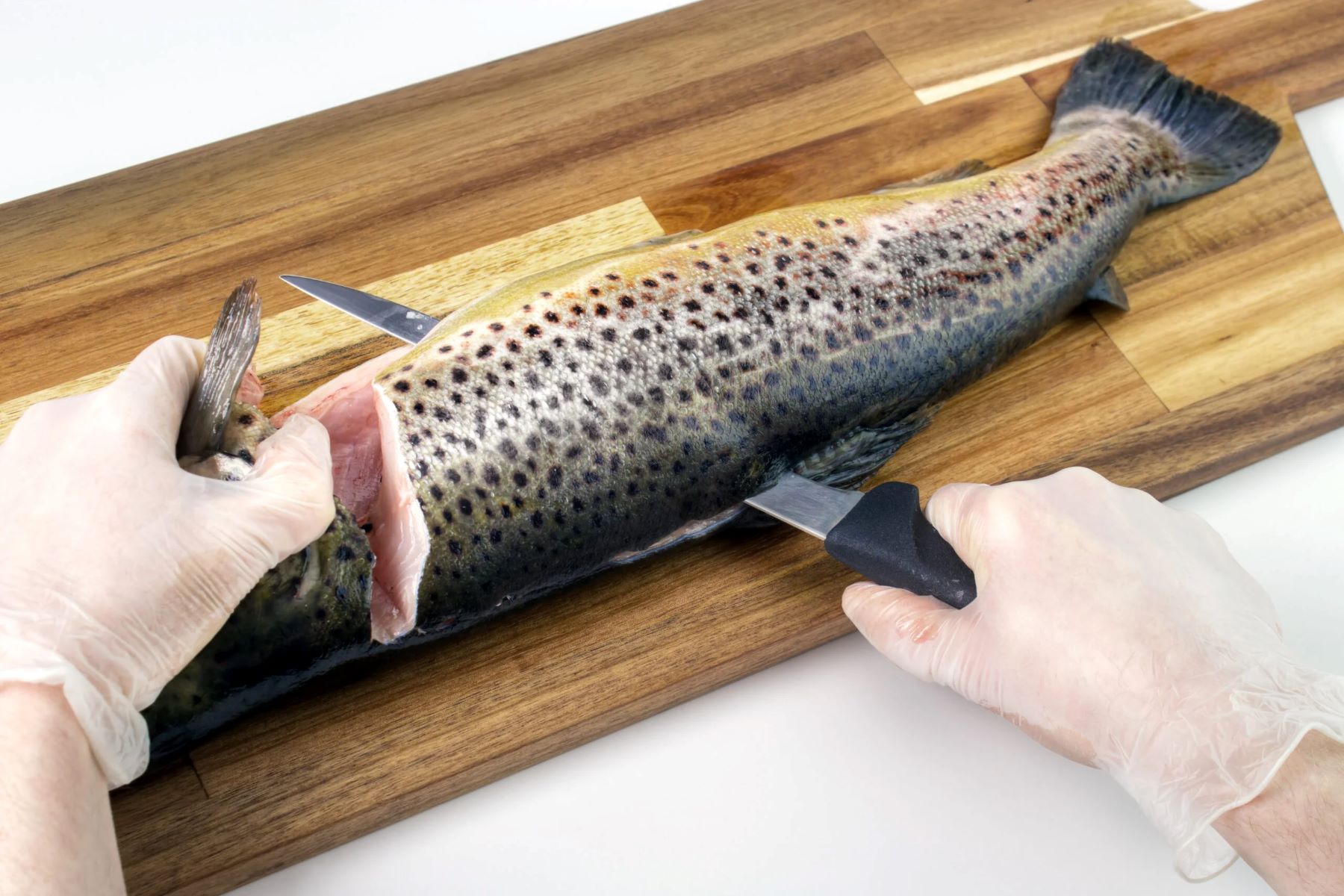Home>Home and Garden>How To Shrink A Sweater


Home and Garden
How To Shrink A Sweater
Published: March 5, 2024
Discover effective methods for shrinking a sweater at home with our expert tips and tricks. Transform your wardrobe with our easy home and garden solutions.
(Many of the links in this article redirect to a specific reviewed product. Your purchase of these products through affiliate links helps to generate commission for Regretless.com, at no extra cost. Learn more)
Table of Contents
Introduction
Shrinking a sweater may seem like a daunting task, but with the right techniques, it can be a straightforward process. Whether you've accidentally stretched out your favorite wool sweater or it simply doesn't fit as well as it used to, knowing how to shrink it effectively can breathe new life into your wardrobe. By following the steps outlined in this guide, you can restore your sweater to its original size and shape without compromising its quality.
A well-fitting sweater not only enhances your appearance but also provides comfort and warmth, making it a staple in any wardrobe. However, factors such as improper washing, drying, or accidental stretching can lead to a sweater losing its original form. Instead of resigning yourself to a misshapen garment or investing in a new one, learning how to shrink a sweater can save you time and money while allowing you to continue enjoying your favorite piece of clothing.
In the following steps, we will explore the process of preparing the sweater, washing and drying it, and reshaping it to achieve the desired fit. By understanding these techniques, you can confidently take control of the size and shape of your sweater, ensuring that it complements your style and provides the comfort and warmth you expect from a well-fitting garment. So, let's dive into the step-by-step process of shrinking a sweater and reviving its perfect fit.
Read more: How To Shrink Crocs
Step 1: Preparing the sweater
Before embarking on the journey of shrinking a sweater, it's crucial to prepare the garment for the process. This step sets the foundation for the subsequent stages and ensures that the sweater responds effectively to the shrinking techniques. Here's a detailed guide on how to prepare the sweater for the shrinking process:
-
Read the Care Label: Begin by carefully reading the care label attached to the sweater. This label provides essential information about the fabric composition and specific care instructions. Different materials, such as wool, cotton, or synthetic blends, require different treatment methods. Understanding the fabric type and any recommended care guidelines is essential for determining the appropriate shrinking technique.
-
Inspect for Damages: Thoroughly examine the sweater for any damages, such as loose threads, holes, or weak seams. Addressing these issues before shrinking the sweater can prevent further damage during the process. Repair any loose threads or seams using a needle and thread to ensure that the garment is in good condition before proceeding.
-
Remove Accessories: If the sweater has any detachable accessories, such as buttons, detachable collars, or decorative elements, remove them before initiating the shrinking process. This precaution prevents these accessories from being damaged or affecting the overall shrinking outcome.
-
Turn the Sweater Inside Out: Turning the sweater inside out before shrinking it can help protect the outer surface from potential damage during the process. This simple step minimizes the exposure of the visible side of the fabric to the shrinking elements, preserving its appearance and texture.
-
Gather Necessary Supplies: Depending on the chosen shrinking method, gather the necessary supplies, such as a mild detergent, lukewarm water, a clean towel, and a flat surface for reshaping the sweater. Having these supplies readily available streamlines the process and ensures that you can proceed seamlessly through the subsequent steps.
By meticulously preparing the sweater through these steps, you establish a solid foundation for the shrinking process, setting the stage for successful and effective results. With the sweater adequately prepared, you can confidently proceed to the next steps, knowing that you've taken the necessary precautions to achieve the desired outcome.
Step 2: Washing the sweater
Washing the sweater is a crucial step in the process of shrinking it effectively. By carefully cleaning the garment using the appropriate method, you can initiate the shrinking process while maintaining the integrity of the fabric. Here's a detailed guide on how to wash the sweater to prepare it for shrinking:
-
Choose the Right Water Temperature: The water temperature plays a significant role in the shrinking process. For natural fibers like wool or cotton, warm water is ideal for initiating the shrinking effect. However, it's essential to avoid using hot water, as it can cause excessive shrinkage and potential damage to the fabric. Fill a basin or sink with lukewarm water, ensuring that it's at a comfortable temperature for your hands.
-
Select a Gentle Detergent: When washing a sweater, opt for a mild detergent specifically designed for delicate fabrics. Avoid using harsh chemicals or bleach, as they can compromise the quality of the fabric and hinder the shrinking process. Gently mix the detergent into the water to create a mild soapy solution.
-
Submerge the Sweater: Carefully submerge the sweater into the soapy water, ensuring that it is fully immersed. Gently agitate the water to allow the detergent to penetrate the fibers and initiate the cleaning process. Avoid excessive rubbing or wringing, as this can stretch the fabric and affect the shrinking outcome.
-
Soak the Sweater: Allow the sweater to soak in the soapy water for approximately 10 to 15 minutes. This soaking period helps loosen any dirt or oils trapped in the fibers while preparing the fabric for the shrinking process. Avoid prolonged soaking, as it can lead to overexposure to the detergent and potentially affect the fabric's integrity.
-
Gently Rinse the Sweater: After the soaking period, carefully drain the soapy water and refill the basin or sink with clean lukewarm water. Gently lift the sweater from the soapy solution and place it into the clean water for rinsing. Lightly press the sweater to expel the soapy residue without excessively wringing or twisting the fabric.
-
Repeat if Necessary: If the sweater requires thorough cleaning, repeat the soaking and rinsing process with fresh water and mild detergent. This additional step ensures that the fabric is adequately cleaned and prepared for the shrinking phase.
By following these washing guidelines, you can effectively prepare the sweater for the shrinking process while maintaining its quality and appearance. Once the sweater is clean and free from dirt and oils, it's ready for the next crucial steps in the shrinking process.
Step 3: Drying the sweater
Drying the sweater is a pivotal stage in the process of shrinking it to achieve the desired fit. Proper drying techniques are essential to ensure that the fabric contracts uniformly, resulting in a well-proportioned and snug garment. Here's a comprehensive guide on how to dry the sweater effectively to facilitate the shrinking process:
-
Gently Remove Excess Water: After washing the sweater, gently press it against a clean towel to remove excess water. Avoid wringing or twisting the fabric, as this can distort its shape and affect the shrinking outcome. The goal is to eliminate the majority of the moisture without compromising the integrity of the fibers.
-
Lay Flat on a Towel: Lay a clean, dry towel on a flat surface, such as a table or countertop. Carefully place the damp sweater on the towel, ensuring that it lies flat and retains its natural shape. Smooth out any wrinkles or folds to facilitate even drying and prevent the fabric from stretching.
-
Reshape the Sweater: While the sweater is still damp, gently reshape it to its original dimensions. Pay particular attention to the sleeves, neckline, and hem, ensuring that they align with the garment's intended proportions. By reshaping the sweater at this stage, you can encourage it to shrink back to its ideal size and form.
-
Air Dry in a Well-Ventilated Area: Allow the sweater to air dry naturally in a well-ventilated area away from direct sunlight or heat sources. Placing the sweater in a breezy location promotes gentle air circulation, expediting the drying process while safeguarding the fabric from potential damage caused by excessive heat or sunlight exposure.
-
Monitor the Drying Progress: Periodically check the sweater's drying progress and adjust its position on the towel if necessary. This ensures that the fabric dries evenly and retains its original shape throughout the process. Avoid hanging the sweater to dry, as this can lead to stretching and misshaping, counteracting the shrinking efforts.
-
Patience is Key: Depending on the fabric type and thickness, the drying process may take several hours. Exercise patience and refrain from hastening the drying by using heat sources such as hairdryers or radiators, as this can compromise the fabric's structure and hinder the shrinking process.
By meticulously following these drying guidelines, you can facilitate the shrinking process while preserving the sweater's quality and appearance. Once the sweater is thoroughly dry, it's ready for the final step in the journey of reclaiming its perfect fit.
Step 4: Reshaping the sweater
Reshaping the sweater is the pivotal stage that determines the success of the shrinking process. By carefully manipulating the fabric and encouraging it to return to its original dimensions, you can achieve a well-proportioned and snug fit. Here's a comprehensive guide on how to reshape the sweater effectively to ensure the desired outcome:
-
Gently Stretch and Mold: Once the sweater is thoroughly dry, gently stretch and mold the fabric to coax it back to its original shape. Pay particular attention to areas that may have stretched out over time, such as the sleeves, neckline, and hem. By gently tugging and shaping the fabric, you can encourage it to contract and regain its intended proportions.
-
Use Blocking Boards or Forms: For more structured sweaters, consider using blocking boards or forms designed specifically for reshaping knitted garments. These tools provide a stable surface for reshaping the sweater and can help achieve precise dimensions. Carefully pin the sweater to the blocking board or form, ensuring that it aligns with the desired measurements.
-
Maintain Proportions: As you reshape the sweater, focus on maintaining consistent proportions throughout the garment. Ensure that the sleeves are of equal length and width, the neckline retains its original shape, and the hemline aligns with the intended design. By prioritizing uniformity, you can achieve a balanced and visually appealing result.
-
Allow for Natural Drape: If the sweater features a draped or relaxed fit, allow the fabric to retain its natural drape while reshaping it. Avoid overstretching or compressing the fabric, as this can alter the garment's original aesthetic and comfort. Embrace the natural characteristics of the fabric while guiding it back to its ideal form.
-
Check for Symmetry: Throughout the reshaping process, periodically step back and assess the sweater's symmetry and overall appearance. Ensure that both sides of the garment mirror each other in terms of shape and dimensions. Making adjustments as needed can help achieve a balanced and harmonious result.
-
Revisit Problem Areas: If certain areas of the sweater require additional attention, revisit them and make targeted adjustments. For instance, if the neckline appears uneven or the sleeves differ in length, focus on refining these specific areas to ensure a cohesive and polished outcome.
By meticulously reshaping the sweater through these steps, you can effectively guide the fabric back to its original form while maintaining its quality and appearance. Once the reshaping process is complete, the sweater will have undergone a remarkable transformation, reclaiming its perfect fit and revitalizing its place in your wardrobe.
Conclusion
In conclusion, mastering the art of shrinking a sweater empowers you to revive and reclaim the perfect fit of your beloved garment. By following the comprehensive steps outlined in this guide, you can confidently navigate the process, from preparing the sweater to reshaping it, with the assurance of achieving the desired outcome.
The journey of shrinking a sweater begins with meticulous preparation, encompassing essential tasks such as reading the care label, inspecting for damages, and gathering necessary supplies. These preparatory measures lay the groundwork for the subsequent stages, ensuring that the sweater responds effectively to the shrinking techniques.
The pivotal steps of washing and drying the sweater are integral to the shrinking process. By carefully cleaning the garment with the appropriate method and facilitating uniform drying, you set the stage for the fabric to contract and regain its ideal proportions. These steps not only initiate the shrinking effect but also preserve the integrity and quality of the fabric, ensuring a successful outcome.
Reshaping the sweater marks the culmination of the shrinking journey, where you delicately manipulate the fabric to coax it back to its original dimensions. Whether through gentle stretching and molding or utilizing blocking boards for more structured sweaters, the reshaping process allows you to guide the fabric to its intended form while maintaining consistent proportions and symmetry.
By embracing these techniques and investing care and attention into each step, you can breathe new life into your sweater, restoring its perfect fit and ensuring its continued place in your wardrobe. The satisfaction of witnessing your garment reclaim its ideal size and shape is a testament to the transformative power of understanding and mastering the art of shrinking a sweater.
Ultimately, the knowledge and skills acquired through this process not only enable you to revitalize your wardrobe but also instill a sense of confidence and capability in caring for your cherished garments. As you embark on future endeavors to maintain and enhance your clothing, the experience gained from shrinking a sweater serves as a valuable foundation, empowering you to preserve and cherish your wardrobe with skill and expertise.














